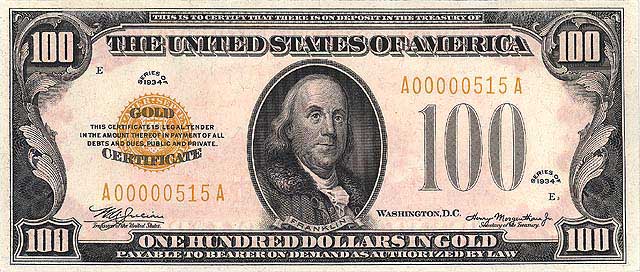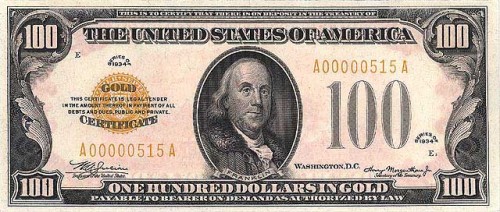Tomorrow will be one year since the First Post of this blog. I now have a link to the archives of my blog, which will show the 162 posts I’ve made so far, as well as this one and all future posts. So if you miss a few days, or are new to the site, you can quickly check out all the contents. If you don’t want to miss any posts from now on, you can subscribe to my blog with your favorite blog reader, or sign up to get all articles through email. I post three times a week, and as a bonus, the RSS feed and email subscriptions are advertisement-free.
During the past year, I attended the 2009 SETC Theatre Symposium, which focused on props. My paper was presented in a panel called “Creating Props, Creating Performances“. I’ve also posted some highlights from Bland Wade’s keynote speech as well as the closing remarks. I also took part in the “first” New York City Props Summit, where I met many other props people from the city. Finally, I was hired full-time as the Assistant Props Master at the Public Theatre.
I described some of the props I made for Why Torture Is Wrong, and the People Who Love Them, including a separate post on the bar. During Shakespeare in the Park, I made a wooden ratchet and a funerary urn trick for Twelfth Night. The big prop for The Bacchae was a dead body, which I described in two posts (part one and part two) as well as a third post showing the evolution of the head of Pentheus. Last fall, my wife and I built a three-foot tall garden gnome. I prop-mastered my first New York show, Slave Shack, and wrote an article on the set props and one on the hand props. I finished the year with a wooden table for Mike Daisey’s The Last Cargo Cult.
I’ve also made some videos for this site. I have one on blood sponges, a breakaway bottle, making a breakable glass, and a video of my father throwing a ceramic pot. One thing I hope to show more of on this blog is diagrams, illustrations, photographs and timelines of specific kinds of objects. Whether I find them online, or create them myself, my wish is to compile a sort of “quick reference guide” for commonly used props. So far, I have information on bar glassware, telephone history, 40 Styles of Chairs, mid-century kitchens, old-fashioned carpentry tools, a brief history of gift wrap, and the parts of a chair.
This blog has a number of articles I’ve written:
- How to read a script
- How to research
- Using Flickr for Visual Research
- Finding photographs for props
- How do I make a…?
- Coating Foam
- How to Make Stage Blood
- When to give real props to actors
- Trash or Treasure? Which props are worth saving
- Weapons Storage
- Taking photographs of your work
- Making a props portfolio part 1 and part 2
I also reprint articles from older books in the public domain:
- Historic Description of a Props Master
- The Property-Man in Vaudeville Theatre
- Curious Stage Props
- A skull for Hamlet
- I, Pencil
- The Movie Prop-Hunters’ Museum
- Costumes and Scenery for Amateurs
- Amateur Theatricals
- Shakespeare for Community Players: Furniture, Tableware, Weapons, Lanterns
- Theatrical Profits and Expenses, 1511
- Bric-a-brac
- Through a prop room
I investigated when the the word “property” was first used in the theatrical sense, as well as the first time it was shortened to “props”. I’m interested in the history of props and prop-making itself, and have written about Ancient Greek theatre props, Shakespeare’s Props, and gathered a group of photographs of props in the twentieth century.
And finally, I’ve shown off the work of other people and companies, such as the Santa Fe Opera, Actors Theatre of Louisville Props Shop, a tour of the Mythbusters Shop, Ross MacDonald, Milwaukee Rep’s Prop Shop, the Internet Craftsmanship Museum, prop people across the news, interviews at Collectors Weekly, Mad Men Props, and original Stargate SG-1 Props.
There’s still dozens more posts on this site I haven’t mentioned here, so take the time, if you haven’t already, to poke around. I wanted to thank all of you who have written or talked to me over the past year about this blog; I don’t know if I would keep writing this if I didn’t know people were reading it. If you like this site, leave a comment or shoot me an email, and share it with a friend. I’d also love to hear any suggestions for topics to cover in the future (or topics to stop covering). Until next time, prop it like it’s hot!



